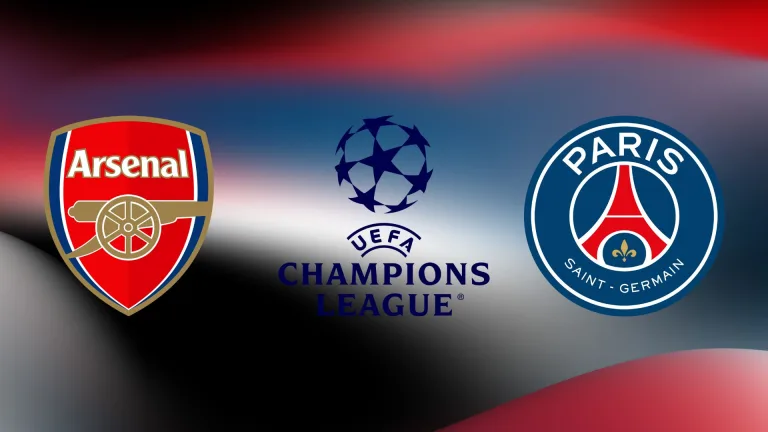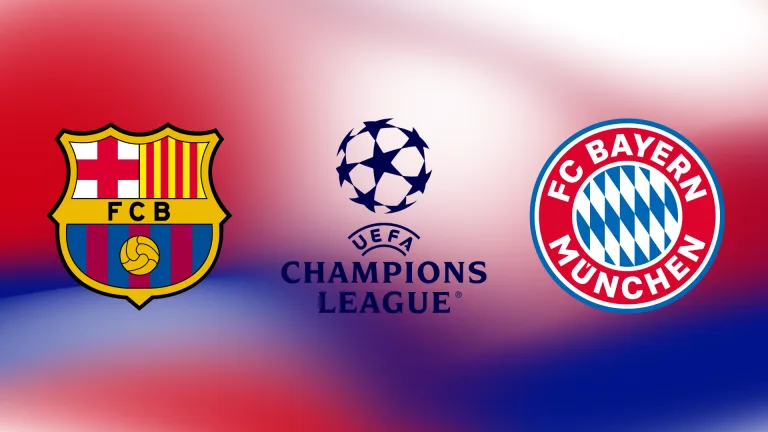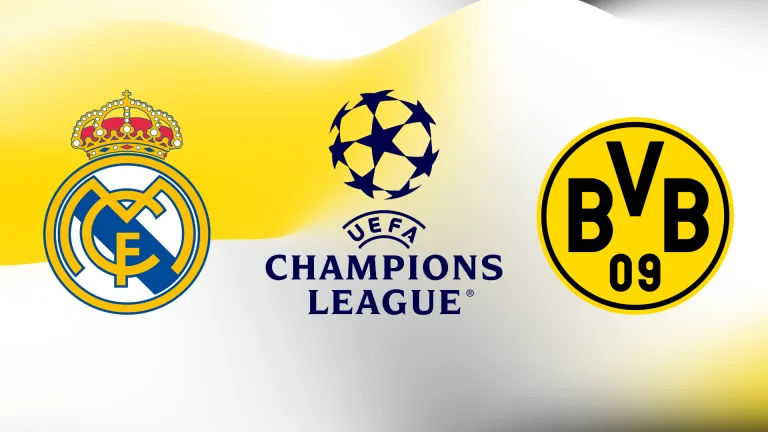How the Netherlands Overpowered Iceland: A Tactical Analysis
The Netherlands put on a clinical display to overpower Iceland 4-0 in an international friendly at Stadion Feijenoord. This performance, marked by a great execution of the gameplan and individual performances, is proof of the solid preparation Ronald Koeman’s did for the upcoming Euro 2024. Here’s a deep dive into the match’s tactical aspects and key statistics.
Starting Lineups
Iceland make one change from their surprising 1-0 win over England at Wembley, with Fridriksson replacing Gretarsson at centre-back.
Koeman makes eight changes from their 4-0 victory against Canada. Verbruggen, Schouten, and Depay retain their spots. Key players like Van Dijk, Ake, Gakpo, and Simons are included in the lineup, since this is their last friendly game before the Euros. Koopmeiners should have played in midfield but he got injured during warm-ups, so Schouten starts in his place.
Match Summary and Events
Netherlands’ Monologue in the First Half
The match began with the Netherlands immediately putting Iceland under pressure. Within the first few minutes, Memphis Depay forced Icelandic goalkeeper Valdimarsson into a save. The Dutch continued to dominate possession and territory, and it wasn’t long before they broke the deadlock.
In the 23rd minute, an accurate from Veerman found Dumfries on the right, who sends is across the box for Simons, scoring the opening goal. Moreover, this is the first goal for Xavi Simons for his national team. Despite several more chances, including a close effort from Depay and Gakpo hitting the side net, the score remained 1-0 at halftime.
The first half saw the Netherlands dominate with 64% possession, effectively using it to suffocate Iceland’s attempts to break out. The Dutch midfield trio of Reijnders, Schouten, and Veerman orchestrated play with precision, achieving a pass accuracy of 89%, compared to Iceland’s 82%. This control was crucial in establishing the game’s rhythm and limiting Iceland’s offensive opportunities.
A More Balanced Second Half
The Netherlands wasted no time in extending their lead after the break. In the 49th minute, a well-worked corner saw Van Dijk head the ball into the net, making it 2-0. This goal boosted the Dutch confidence, and they continued to press forward. Iceland, on the other hand, struggled to cope with the high tempo and relentless attacks.
Possession-wise this half was more balanced, with Iceland having 51% possession compared to just 38% in the first half. They also sent 3 shots in the second half, compared to none in the first.
Koeman made several substitutions, with Malen coming on and making an immediate impact. In the 79th minute, he latched onto a brilliant pass from Depay, showing great composure to finish into the bottom-right corner for 3-0. The Dutch weren’t done yet. In stoppage time, Malen once again was involved, breaking down the left and cutting the ball back for Weghorst, who turned it in to seal the 4-0 victory.
Tactical Breakdown
Netherlands Embraces Wing Play
A significant aspect of the Netherlands’ tactical approach was their utilisation of width, particularly through Denzel Dumfries on the right flank. Dumfries, who had 68 touches and constantly ventured forward, was a thorn in Iceland’s defense. He was always positioned very wide, close to the touchline to provide width. His relentless runs and crosses into the box created several scoring opportunities.
The first goal was proof of this strategy. In the 23rd minute, Veerman, who had an impressive five key passes, chipped the ball over to Dumfries. The right-back headed it across the box to Xavi Simons, who finished from close range. This goal was a direct result of the Dutch focus on exploiting the wings, stretching Iceland’s defense and creating space in the central areas.
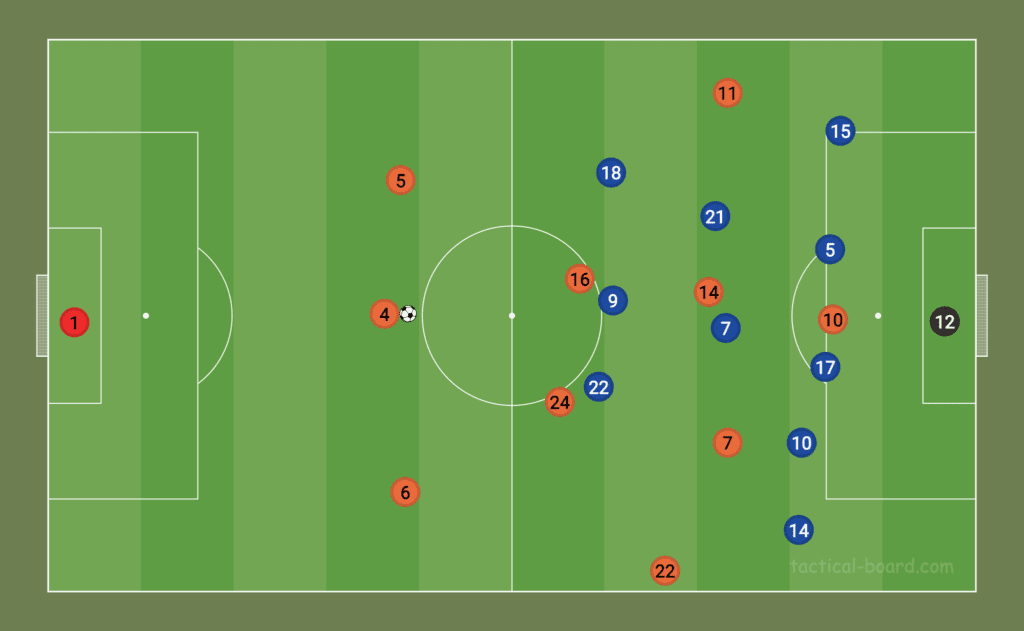
This was possible because of the back three created by Van Dijk in the centre with Ake and de Vrij on the sides, covering up in case of a lost ball and providing adequate rest defense. With Dumfries on the wing, Finnsson and Simons in the half-space, Iceland’s defense was in a very difficult situation on transitions and in moments where Netherlands showed a more speedy approach.
In the second half, things changed up a bit for and we saw Geertruida, who entered in the 76th minute, substituting Dumfries, adopt a more central position, tucking in the midfield, instead of hugging the sidelines.
A Very Solid Back Line
Defensively, the Netherlands were rock-solid. Virgil van Dijk and Stefan de Vrij formed a formidable partnership at the back, effectively nullifying any Icelandic threat. The Dutch defense allowed only two shots from Iceland, none of which were on target. This defensive stability provided a platform for the Dutch to push forward with confidence.
Van Dijk not only shined in defense but also contributed offensively. Just four minutes into the second half, he scored with a well-placed header from a corner, doubling the lead and setting the tone for the remainder of the match. This goal highlighted the Netherlands’ threat from set-pieces, a vital weapon in their tactical arsenal.
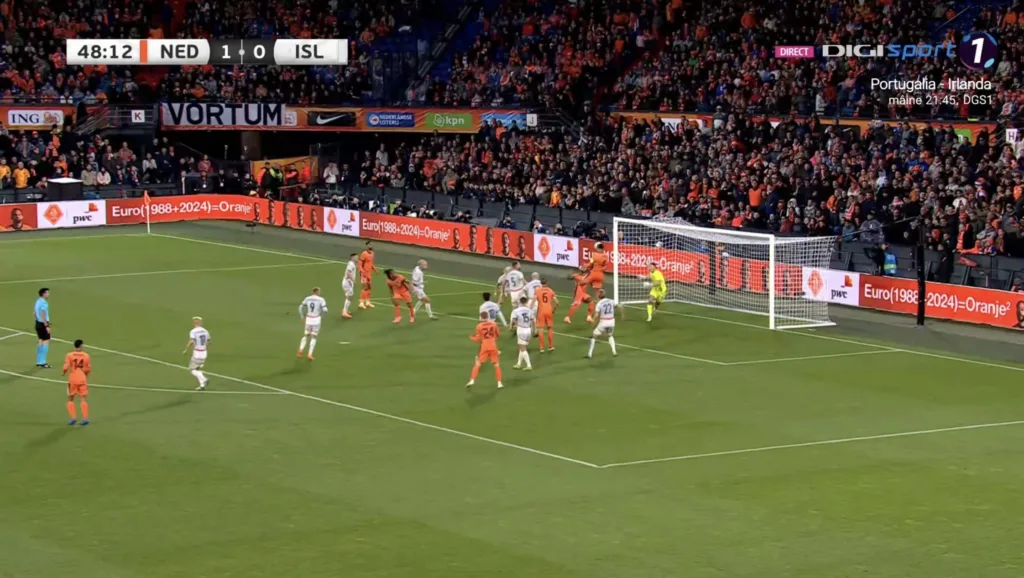
Running in Behind was the Theme of the Game
A crucial aspect of the Netherlands’ play in their victory against Iceland was the theme of running in behind the lines. This tactic was used to great effect by players like Denzel Dumfries and Donyell Malen.
As Iceland’s defense tightened to counter this threat, the Netherlands successfully penetrated through the center with quick, long passes that launched their attackers behind the defensive lines. Malen, who came on during the second half, exemplified this strategy perfectly, using his speed to receive through balls and finish with composure. This ability to break defensive lines with swift movements and accurate passes was a key element of the Netherlands’ tactical dominance.
This was one of the very important aspects that was missing in England’s game against Iceland. Running behind the lines and quick combinations and switches didn’t allow Iceland’s defense to settle and block all available spaces.
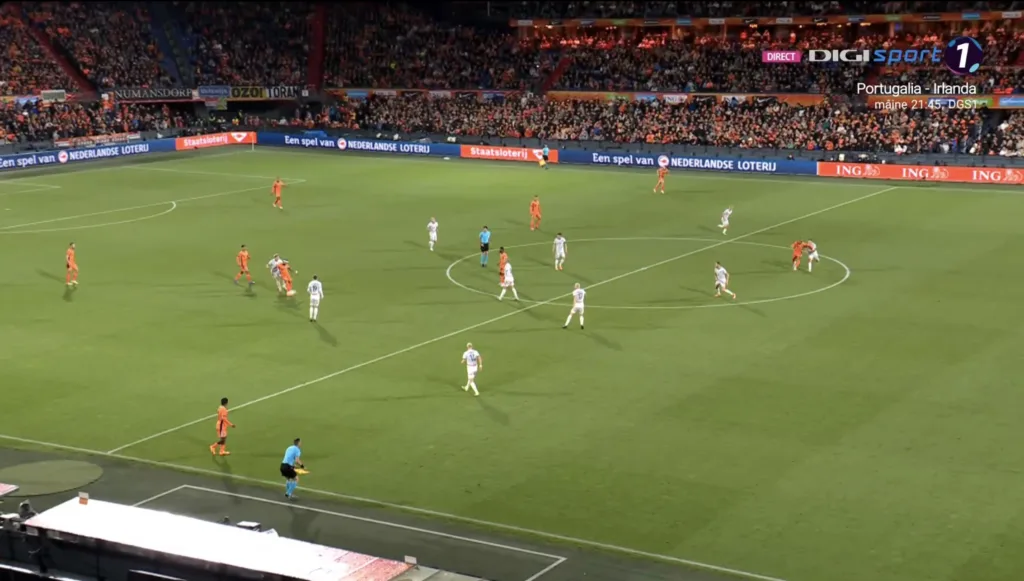
Key Statistics
The statistical dominance of the Netherlands is clear from the match data. They took 23 shots, with nine on target, compared to Iceland’s two shots, none on target. The expected goals (xG) metric further illustrates the Dutch superiority, with an xG of 2.79 compared to Iceland’s meager 0.09. These numbers reflect not only the quantity but the quality of the chances created by Koeman’s side.
Moreover, the Dutch had seven corners to Iceland’s three, constantly putting pressure on their defense. This relentless attacking play forced Iceland to commit fouls and concede free-kicks in dangerous areas, which the Netherlands capitalized on.
Individual Performances
While the team’s performance was outstanding, several individuals stood out. Denzel Dumfries was arguably the man of the match, given his involvement in the opening goal and his constant threat down the right wing. Xavi Simons, scoring his first international goal, showed maturity beyond his years, providing energy and creativity.
Virgil van Dijk was a pillar in defense and an aerial threat in attack, while Memphis Depay, despite not scoring, was influential in build-up play and creating chances. Donyell Malen’s impactful cameo off the bench with a goal and an assist provided Koeman with a pleasant selection headache ahead of Euro 2024.
Conclusions
This match was more than just a friendly; it was a statement. The Netherlands demonstrated tactical flexibility, squad depth, and a winning mentality. They are well-prepared for the challenges that lie ahead in Euro 2024, where they will face Poland, France, and Austria in the group stage.
For Iceland, this game highlighted areas for improvement, particularly in creating and converting chances. As they head into the Nations League, adjustments in their tactical approach will be necessary to compete against stronger teams.


